How to plant daffodils on date and forcefully
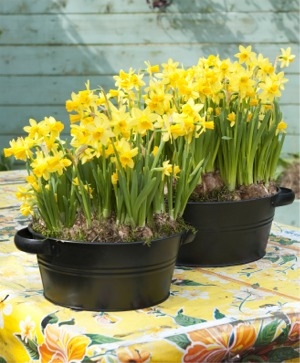
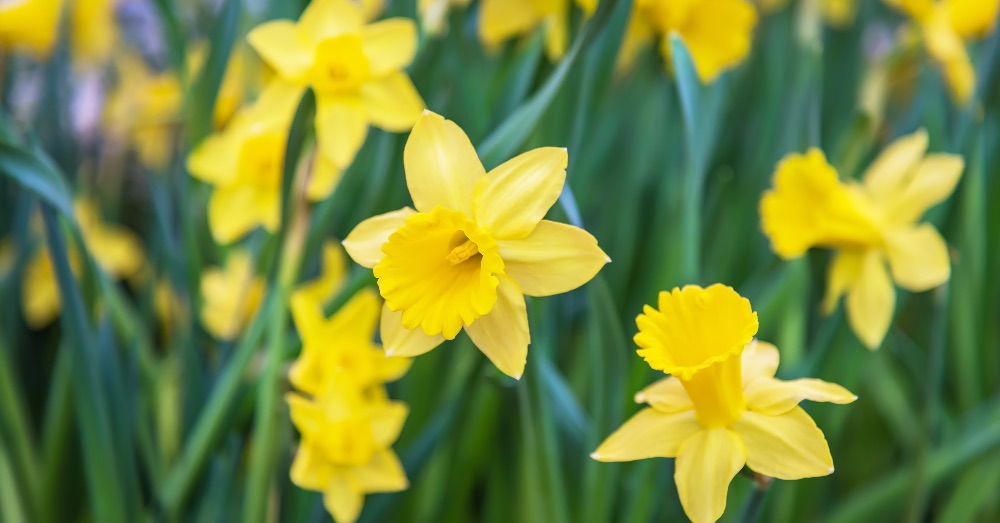
Planting daffodils is a wonderful way to experience an early spring. A way to enjoy the color of this season even in the cold. Because one of the characteristics of the daffodil is precisely that it is considered a sign of the change of season. And it is that not only is it happy with its presence, but it is even capable of blooming even if there is snow. A beautiful picture that dazzles lovers of wild flowers, and that is the main reason why we consider planting daffodils.
But the beauty of its early flowering is not its only attraction. Added, we are talking about one of those amazingly simple bulb plants to grow. What’s more: it can be said that the real work of gardening is planting them correctly. Because, to be honest, once they are in the ground they will require very little to grow properly and flourish. And if low maintenance isn’t reason enough to plant daffodils, let’s add one more detail: we can do it wherever we want. Because the daffodil, in addition to everything we have just said, is extremely versatile. And, although its ideal place is in the garden soil, it perfectly supports its cultivation in a pot.
For all this, let’s see how to plant daffodils correctly. The best way to ensure that waiting time pays off.
HOW TO PLANT DAFFODILS AT THEIR IDEAL TIME: AUTUMN
Planting daffodils is not, in itself, a complicated task. However, it is true that some peculiarities must be considered. The first one is that we are talking about a bulb that needs cold to bloom. We are talking about one of the bulbs that bloom in spring par excellence. Something that forces us to plant them in the autumn months, and always before the ground begins to suffer frost. The daffodil needs cold soil to grow but it is unable to do so if the ground is frozen, so we have to take advantage of that time before it happens. And don’t panic: once planted, it won’t have any trouble sticking out above the frozen or even snowy substrate.
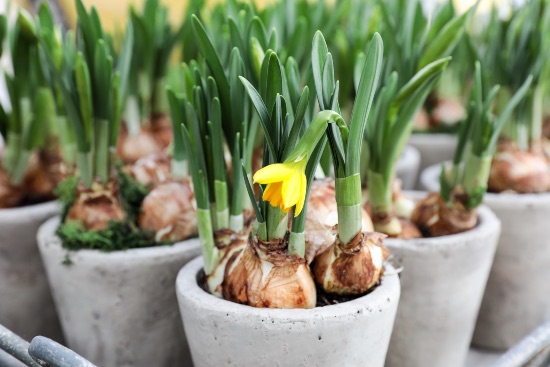
In order for our bulbs to grow correctly, we must take certain precautions when planting daffodils. Only then will we know for sure that they will have the place they need to grow and flourish.
1. The orientation, essential when planting daffodils
As rustic as they are and easy to grow, daffodils have very specific demands. And the fundamental one is that they demand a good dose of light to flourish. Therefore, before planting daffodils, it is important to choose a space where they can receive that exposure they demand.
If for whatever reason we plant them in a shaded area, we will have to wait much longer to see them bloom. We are talking about a couple of years, which is the time it will take for the bulb to acclimatize to a place that is naturally not ideal.
2. The type of terrain, an aspect to review
The daffodil is not too picky about the type of soil. A moderately fertile one is enough, either naturally or enriched with earthworm humus or any other organic amendment. If we know that the soil does not have many nutrients, simply add it to the planting space before placing the bulbs.

But while it is not picky about soil type, it is picky about drainage. It is more: it is, probably, the aspect when planting bulbs that we will have to pamper the most. And not only because waterlogging prevents our bulbs from growing but, rather, because they can rot and thus ruin the future plant.
3. The planting space, not too deep
Planting daffodils does not involve digging a deep trench. Actually, the ideal is that it is not so that the plant can emerge above the ground. The ideal and always depending on the type of daffodil, is that they are buried between 10 and 15 centimeters deep. Something that we can calculate if we use a bulb planter: a tool that will make it much easier for us! homework.
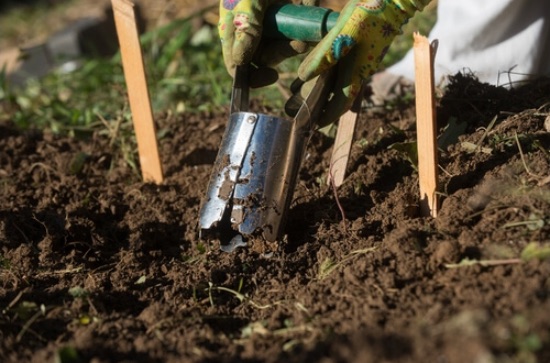
And a precaution: if we live in a cold climate, it is convenient that the bulb is protected by a layer of substrate between six and eight centimeters. In this way, we will prevent it from freezing with the rigors of winter.
4. Irrigation, important for its growth
With our daffodil bulbs properly planted, it’s time to water. We are talking about a moisture-loving plant, so the ideal is that we keep it even after it has bloomed.
FORCING THE BULBS: THE ALTERNATIVE TO PLANTING DAFFODILS AT YOUR IDEAL TIME
It has happened to all of us: knowing that we have bulbs to plant in the fall at home but not noticing them until it is too late. Many times, we remember to plant them when the planting period has passed. Something recurring and that makes us see each other in January or February with a bag of laughing daffodil bulbs in its bag or envelope. If we live in a very cold climate where the winter is a little longer than necessary, we can take the risk of trying to grow them naturally. However, there is another much less risky option: forcing the bulbs. A gardening technique that forces them to be grown indoors, and that involves simulating the ideal conditions in which they grow naturally.
Planting daffodils to force their flowering is not far from doing it at the right time. The big difference is that we will necessarily have to do it in a pot. And nothing like understanding what the process is like to find an answer to this. With our daffodils planted, we will need to place it in a cool, dark spot that is between two and nine degrees. A basement, garage, or even a fridge are perfect environments for forcing bulbs. But be careful because monitoring the temperature is essential for these bulbs to grow properly. If they are exposed to fewer degrees than indicated or more, we will not get them to germinate.
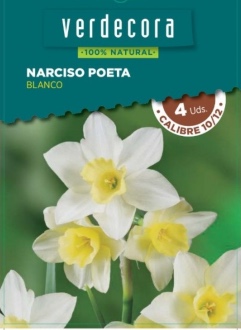
And it is not the only precaution that we will have to contemplate. It is also important to create a protective top layer, which we can do with uncompacted pine leaves or bark; and keep the substrate moist, always avoiding flooding. And now it’s time for the most complicated part for the impatient: waiting.
Steps to follow to plant daffodils that have been forced
In about 12 weeks, our daffodils should be breaking out of the ground. The time to change their location is when those green shoots are between five and seven centimeters high; and the roots protrude through the drainage holes. But be careful because meeting these requirements does not mean that our plant is ready to go outside. In reality, it will need an acclimatization period at a temperature of around 10 degrees and with little lighting. An environment in which our pot will have to remain until the shoots grow a little more while maintaining their characteristic color.
The next step is to give them a little more heat. It will be enough to change the pot to an environment that is between 15 and 18 degrees, and with good lighting. It is in that environment that our pot will have to remain until the daffodils bloom. Only then can we consider taking them outside.
And what do we do with them after they bloom?
Easy! When they have lost the flower, it is time to plant daffodils in their final location. Because forced-flowering daffodil bulbs will only bloom once, so the ideal is to take advantage of this almost artificial gift of nature to plant them as the canons dictate. The best way that, next year, they bloom naturally when it’s time to do so.
And yes: planting daffodils, whether with the bulb calendar in hand or forced, is worth it. Because, beyond the fact that they require little care, they are one of the greatest joys for those who appreciate the incredible beauty of flowers.

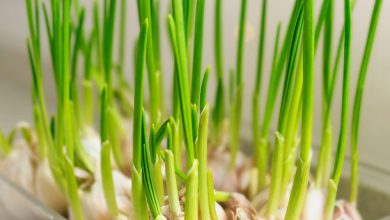
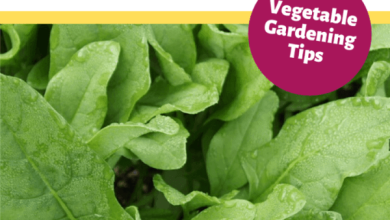
![Photo of Weevil: [Characteristics, Detection, Effects and Treatment]](https://www.complete-gardening.com/wp-content/uploads/2022/08/weevil-characteristics-detection-effects-and-treatment-390x220.jpg)